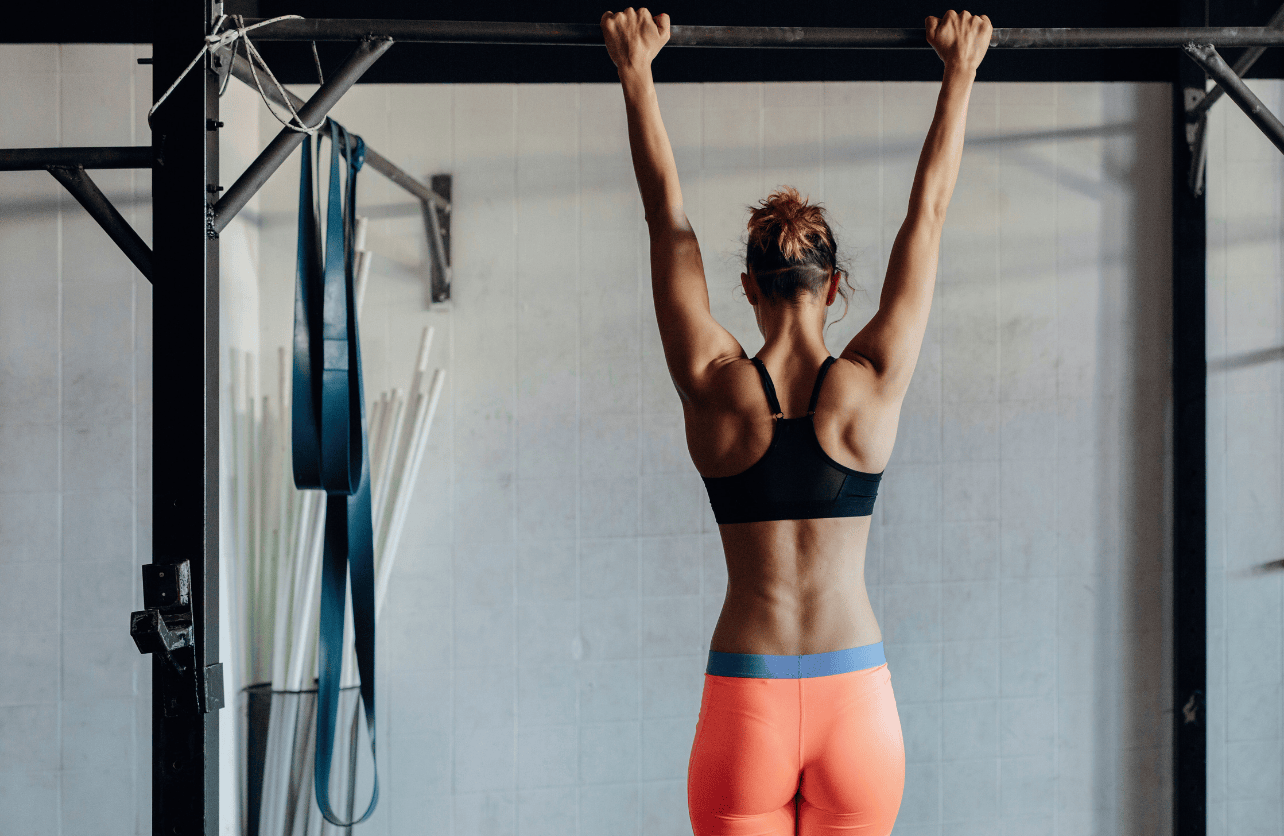Dead Hangs for Shoulder Health: Why This Simple Exercise Delivers Big Results

If your shoulders feel tight, achy, or unstable—especially after long days at a desk or intense training—there’s one deceptively simple movement that could make a big difference: the dead hang. While it might look like you’re just hanging from a pull-up bar doing nothing, this passive stretch taps into deep structural benefits that many physical therapists and mobility experts swear by.
Dead hangs are increasingly recommended not just for climbers or gymnasts, but for anyone who wants healthier, more resilient shoulders. Here’s why.
What Is a Dead Hang?
A dead hang involves gripping an overhead bar and allowing your body to hang with arms fully extended and feet off the ground. Gravity does most of the work, gently stretching your upper body while decompressing the spine and shoulders.
There are two basic types:
Passive hang: You simply hang relaxed, allowing your shoulders to elevate naturally.
Active hang: You slightly engage your scapular stabilizers, pulling your shoulder blades down and together.
Both have value, depending on your goal.
How Dead Hangs Help Your Shoulders
1. Improves Shoulder Mobility
Most people experience limited overhead range of motion due to tight muscles, poor posture, or lack of use. Dead hangs gently stretch the connective tissue around the shoulder joint, particularly the lats, pecs, and subscapularis. Over time, this improves how far and how freely your arms can move overhead, which is key for everything from throwing to overhead pressing.
2. Strengthens Stabilizing Muscles
Although passive in appearance, a dead hang recruits small but important muscles around the shoulder blade and rotator cuff. Holding your body weight even for 20 seconds challenges grip strength, activates the lower trapezius, and reinforces scapular stability—all of which support healthy shoulder mechanics.
3. Helps Decompress the Shoulder Joint
Dead hangs apply traction to the shoulder joint, creating space between the humerus (upper arm bone) and the shoulder socket. This decompression can relieve impingement symptoms or that “pinching” feeling some people get when lifting their arms overhead.
4. Counteracts Poor Posture
Sitting hunched over a computer tightens the chest and pulls the shoulders forward. Hanging from a bar pulls everything in the opposite direction, opening the chest and encouraging proper shoulder alignment. It also decompresses the thoracic spine, which contributes to better posture overall.
5. May Reduce Shoulder Pain Over Time
For some people, regular dead hangs have helped reduce chronic discomfort, especially in cases of shoulder impingement or tightness. That said, it’s not a cure-all, and people with existing injuries should proceed with caution or consult a specialist first.
How to Do a Dead Hang (Safely)
Use a sturdy pull-up bar that allows you to hang with your feet off the ground.
Grip the bar shoulder-width apart using an overhand (palms-forward) grip.
Relax into the hang, letting your shoulders rise up toward your ears. For an active hang, gently pull your shoulder blades down.
Engage your core lightly to prevent excessive lumbar arching.
Start with short durations—10 to 20 seconds—and gradually build up as your grip and shoulders adapt.
Try 2 to 3 sets, with rest in between. Over time, aim to build up to 30–60 seconds.
Tips for Success
Start slow: Don’t overdo it on day one. Ease in and let your tissues adapt.
Use chalk or gloves if your grip slips too soon.
Warm up first: Even though this is a low-impact movement, your shoulders will benefit from a few minutes of general mobility before hanging.
Progress thoughtfully: Once basic hangs feel easy, try variations like scapular pull-ups, single-arm hangs, or adding light leg movement.
When to Be Cautious
Dead hangs aren’t ideal for everyone. If you’ve had a recent shoulder dislocation, rotator cuff tear, or hypermobility issues, speak to a physiotherapist before trying this. Also, avoid pushing through sharp or localized pain—mild stretching discomfort is okay, but intense joint pain is a red flag.
Trustworthy Insights for You
With years of combined expertise in online publishing, OvertimeReviews embodies the lessons learned from SEO strategies to paid advertising experiences. We've navigated the highs and lows, and our goal remains clear: to equip readers with comprehensive information they can trust.
